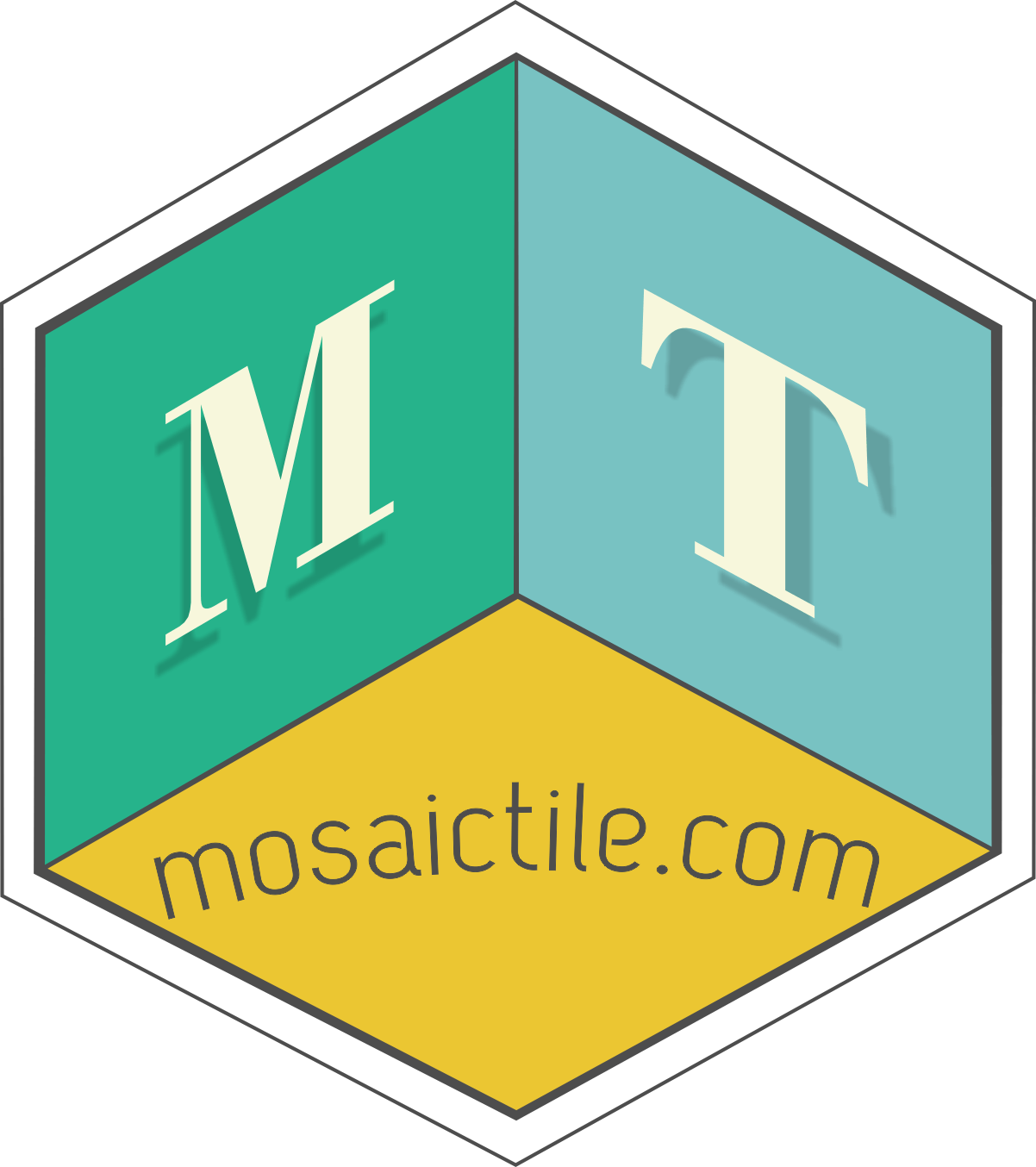Introduction to Sheet Metal Product Designing: A Complete Guide
Sheet metal product designing is at the heart of modern manufacturing, enabling the creation of durable, lightweight, and cost-effective components used across industries — from automotive and aerospace to consumer electronics and home appliances. With the rise of CAD/CAM technologies and precision fabrication methods, sheet metal design has evolved from a manual craft into a sophisticated engineering discipline.
In this blog, we’ll explore what sheet metal product design is, its key principles, the design process, tools used, and tips to create efficient and manufacturable designs.
What Is Sheet Metal Product Design?
Sheet metal design involves creating 3D models and technical drawings for parts and products made from thin, flat sheets of metal. These sheets are typically cut, bent, punched, and assembled to form various mechanical and structural components.
Common metals used include:
Steel (cold-rolled, galvanized)
Aluminum
Stainless steel
Copper and brass
Key Principles of Sheet Metal Design
To create effective sheet metal products, designers follow several core principles:
1. Material Selection
Choosing the right material is crucial for strength, corrosion resistance, weight, and cost.
2. Bend Radius
Avoid sharp bends. A minimum inside bend radius equal to the thickness of the material is typically recommended to prevent cracking.
3. K-Factor & Bend Allowance
These are used to accurately calculate flat patterns considering how metal stretches during bending.
4. Hole & Slot Placement
Keep holes away from bends and edges to avoid distortion. A general rule is to maintain a distance of at least 1.5x the material thickness.
5. Tolerance Consideration
Designers must account for the manufacturing process’s tolerances, especially in high-precision assemblies.
The Sheet Metal Design Process
1. Requirement Gathering
Understand the product’s functional needs, load conditions, environmental factors, and constraints.
2. 3D Modeling
Use CAD software like SolidWorks, AutoCAD, Fusion 360, or CATIA to create the part. Most offer sheet metal-specific tools.
3. Flat Pattern Creation
Convert the 3D model into a flat pattern that can be laser-cut, punched, or waterjet-cut.
4. Simulation & Validation
Test the design for stress, strain, and manufacturability. Many tools simulate bending and unfolding.
5. Prototype & Testing
Create a prototype to validate fit, form, and function.
6. Documentation
Generate technical drawings with dimensions, tolerances, and manufacturing notes.
Sheet metal product designing is at the heart of modern manufacturing, enabling the creation of durable, lightweight, and cost-effective components used across industries — from automotive and aerospace to consumer electronics and home appliances. With the rise of CAD/CAM technologies and precision fabrication methods, sheet metal design has evolved from a manual craft into a sophisticated engineering discipline.
In this blog, we’ll explore what sheet metal product design is, its key principles, the design process, tools used, and tips to create efficient and manufacturable designs.
What Is Sheet Metal Product Design?
Sheet metal design involves creating 3D models and technical drawings for parts and products made from thin, flat sheets of metal. These sheets are typically cut, bent, punched, and assembled to form various mechanical and structural components.
Common metals used include:
Steel (cold-rolled, galvanized)
Aluminum
Stainless steel
Copper and brass
Key Principles of Sheet Metal Design
To create effective sheet metal products, designers follow several core principles:
1. Material Selection
Choosing the right material is crucial for strength, corrosion resistance, weight, and cost.
2. Bend Radius
Avoid sharp bends. A minimum inside bend radius equal to the thickness of the material is typically recommended to prevent cracking.
3. K-Factor & Bend Allowance
These are used to accurately calculate flat patterns considering how metal stretches during bending.
4. Hole & Slot Placement
Keep holes away from bends and edges to avoid distortion. A general rule is to maintain a distance of at least 1.5x the material thickness.
5. Tolerance Consideration
Designers must account for the manufacturing process’s tolerances, especially in high-precision assemblies.
The Sheet Metal Design Process
1. Requirement Gathering
Understand the product’s functional needs, load conditions, environmental factors, and constraints.
2. 3D Modeling
Use CAD software like SolidWorks, AutoCAD, Fusion 360, or CATIA to create the part. Most offer sheet metal-specific tools.
3. Flat Pattern Creation
Convert the 3D model into a flat pattern that can be laser-cut, punched, or waterjet-cut.
4. Simulation & Validation
Test the design for stress, strain, and manufacturability. Many tools simulate bending and unfolding.
5. Prototype & Testing
Create a prototype to validate fit, form, and function.
6. Documentation
Generate technical drawings with dimensions, tolerances, and manufacturing notes.
Introduction to Sheet Metal Product Designing: A Complete Guide
Sheet metal product designing is at the heart of modern manufacturing, enabling the creation of durable, lightweight, and cost-effective components used across industries — from automotive and aerospace to consumer electronics and home appliances. With the rise of CAD/CAM technologies and precision fabrication methods, sheet metal design has evolved from a manual craft into a sophisticated engineering discipline.
In this blog, we’ll explore what sheet metal product design is, its key principles, the design process, tools used, and tips to create efficient and manufacturable designs.
What Is Sheet Metal Product Design?
Sheet metal design involves creating 3D models and technical drawings for parts and products made from thin, flat sheets of metal. These sheets are typically cut, bent, punched, and assembled to form various mechanical and structural components.
Common metals used include:
Steel (cold-rolled, galvanized)
Aluminum
Stainless steel
Copper and brass
Key Principles of Sheet Metal Design
To create effective sheet metal products, designers follow several core principles:
1. Material Selection
Choosing the right material is crucial for strength, corrosion resistance, weight, and cost.
2. Bend Radius
Avoid sharp bends. A minimum inside bend radius equal to the thickness of the material is typically recommended to prevent cracking.
3. K-Factor & Bend Allowance
These are used to accurately calculate flat patterns considering how metal stretches during bending.
4. Hole & Slot Placement
Keep holes away from bends and edges to avoid distortion. A general rule is to maintain a distance of at least 1.5x the material thickness.
5. Tolerance Consideration
Designers must account for the manufacturing process’s tolerances, especially in high-precision assemblies.
The Sheet Metal Design Process
1. Requirement Gathering
Understand the product’s functional needs, load conditions, environmental factors, and constraints.
2. 3D Modeling
Use CAD software like SolidWorks, AutoCAD, Fusion 360, or CATIA to create the part. Most offer sheet metal-specific tools.
3. Flat Pattern Creation
Convert the 3D model into a flat pattern that can be laser-cut, punched, or waterjet-cut.
4. Simulation & Validation
Test the design for stress, strain, and manufacturability. Many tools simulate bending and unfolding.
5. Prototype & Testing
Create a prototype to validate fit, form, and function.
6. Documentation
Generate technical drawings with dimensions, tolerances, and manufacturing notes.
0 Commentarii
0 Distribuiri
27 Views
0 previzualizare








